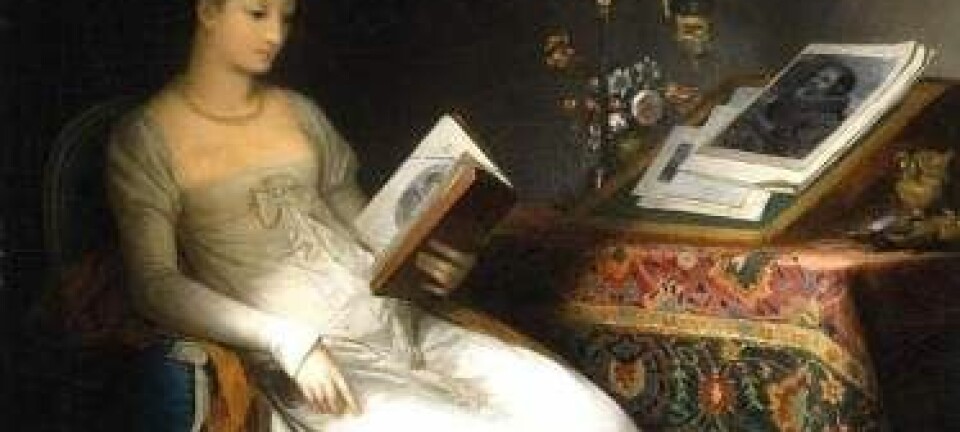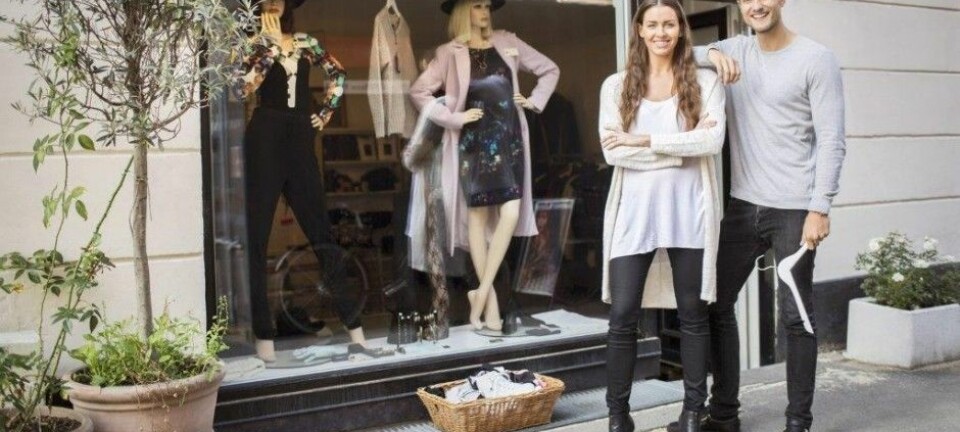
Norwegian girls left religious culture for the freedom of New York
Women from southern Norway who immigrated to the United States after World War II swapped the religious culture they came from for modern clothes, high heels, makeup and dance.
As late as the 1960s, young, unmarried women from southern Norway left a deeply rooted religious culture to journey to the United States in search of freedom. They came from small towns and cities that looked askance at everything from women in trousers to dancing on Saturday night.
Siv Ringdal, from the Department of Culture Studies and Oriental Languages at the University of Oslo, has tracked down and interviewed 21 of these women as part of her doctoral research.
“For many, it was liberation. Many described it as the best time in their life, even though it was difficult to make the adjustment. Every person I talked to said they thrived,” Ringdal said.
Two-thirds still live in the US
Most of the people Ringdal interviewed left Norway when they were between the ages of 17 up to their mid-20s. They came from the southern coastal towns and cities of Kristiansand, Lista, Arendal, Lindesnes and Farsund. Today, these women are between 70 and 90 years old.

Ringdal has done fieldwork both in Norway and on the east coast of the United States, where most of those who remained in the US chose to settle. Seven of the women returned to Norway when they married, while 14 stayed in the United States.
From strict homes to the melting pot
All of the women came from extremely religious communities where there were strict expectations as to how young women should look and behave.
At that time it was considered sinful in religious parts southern Norway to wear makeup and trousers. If the women went on dancing on Saturday night, they could be talked about when they went to church on Sunday. It was completely unacceptable for women to smoke or drink.
Even those who were not active in the church community felt controlled by these religious expectations.

“I was surprised at the very strong grip that religious culture had in southern Norway at this time,” said Ringdal.
A Norwegian outpost in Brooklyn
Most of the girls who went to the US stopped first at a Norwegian expatriate community in Brooklyn, before being hired as a maid either in Brooklyn or in Manhattan.
The move meant a steep learning curve. The girls were tossed into the American workforce and could not speak English at first. But their work also offered a way to learn about this alluring new culture.
The girls found America liberating. They were accustomed to food rationing in post-war Norway and came to New York with homemade and mended clothing. Now they were independent and earned money that they could spend on whatever they wanted.

“Going to the United States met their expectations, many had far more freedom there than in Norway,” said Ringdal.
Nevertheless, they had to address conflicts between ideals and practices from Norwegian culture and their adopted home.
Dreamed about high heels and pretty dresses
Many of the girls had read Norwegian magazine articles about the American lifestyle and movie stars, which they adopted as feminine role models. Some of the girls had also received packages from America from relatives, filled with exciting gifts.
Once they moved to the US, they were quick to adopt American fashions. They bought nylon stockings and colourful dresses.
These young women were particularly keen on high heels. One of the most popular choices for those who went to the US in the late 1940s was a pair of open-toe, high-heeled shoes.
“When one of the women returned to Agder on vacation, her grandmother got very angry and told her that ‘shoes with holes in the toe are very sinful’,” Ringdal said.
Her uncle thought the shoes would be useful for planting peas in the spring.
Divide between secular and religious
Many of the women maintained a strong connection to the Norwegian community in Brooklyn.
“It gradually became accepted for women in this community to wear pants. But a visiting Norwegian minister scolded the girls who wore them, because it was still taboo where he came from in Norway,” Ringdal said.
Eventually there was a clear divide in the Norwegian expatriate community, between girls who came from secular and Christian backgrounds, Ringdal discovered.
“Many disengaged from this environment and started smoking and drinking and dancing. Yet they went to church every now and then, ” she said.
Others preserved their ties to the Christian community in the Norwegian-American population to maintain a sense of belonging. They were careful with makeup and clothing choices, and did not drink or smoke.
Sometimes they went to the cinema or theatre, but never out to dance.
Treasure chest of memories
Although none of the women Ringdal interviewed was unhappy with their lives in the US, some still moved back to the old country. These women have a very nostalgic view of their time in America.
They moved back to Norway with furniture and all of the American comforts they could manage. They carefully stored the dresses, jewellery and photos they have from that period in chests and boxes.
But those who remained in the United States also have a nostalgic view of the Norway they left.
“They needed to show me that they still remembered Norwegian recipes, and served me traditional kjøttkaker (meat patties) and bløtkake (cream cake) when I went to interview them,” Ringdal said.
------------------------------------------------
Read the original version of this article in Norwegian at forskning.no

































